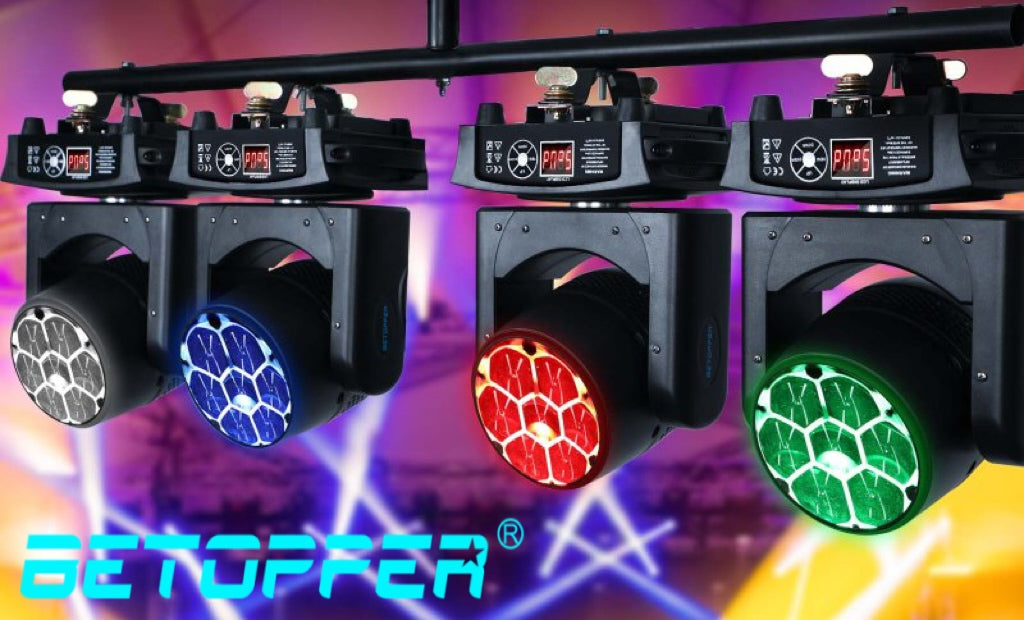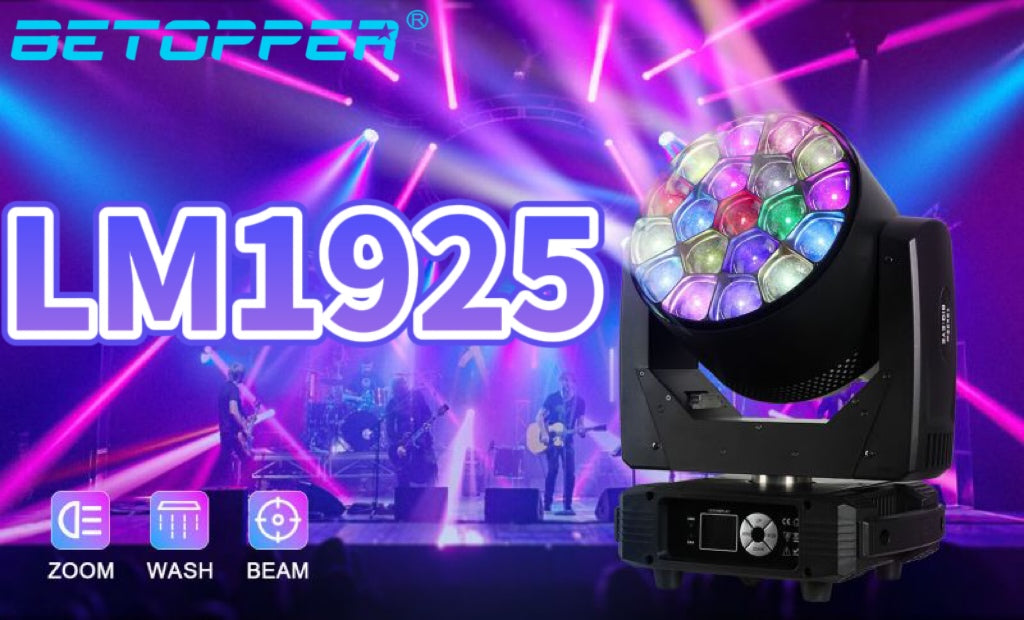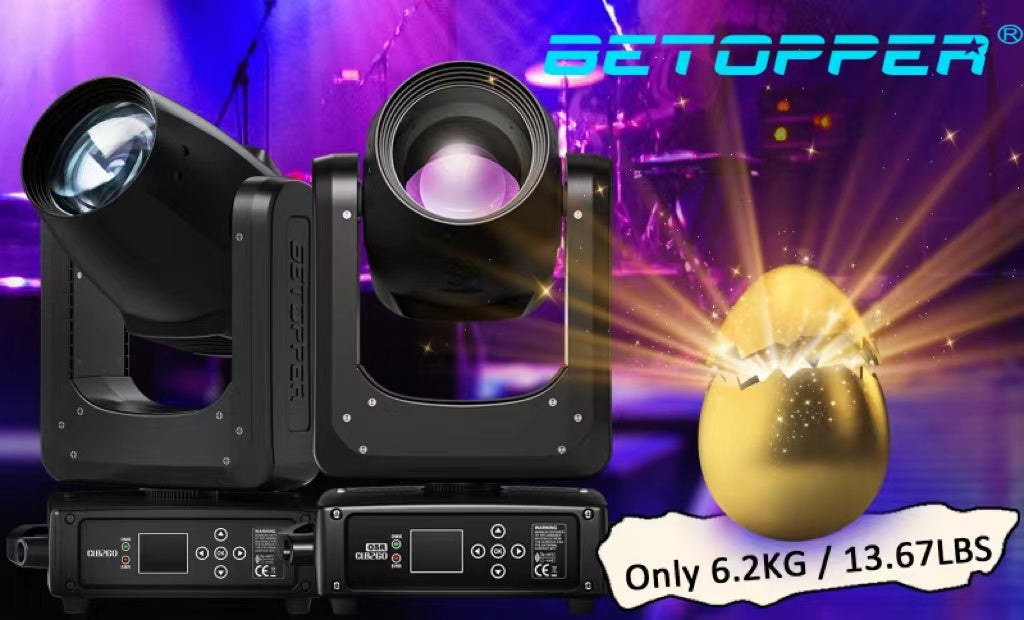Les scènes de théâtre se présentent sous différentes formes : la scène à l'italienne traditionnelle, la scène en saillie, la scène en îlot et la scène à boîte noire. En raison de ces différentes configurations, les configurations d'éclairage varient également.

La scène la plus courante est la scène à l'italienne. Les exigences d'éclairage varient selon le type de représentation. Par conséquent, avant de configurer l'éclairage, il est essentiel de comprendre le type de représentation qui sera principalement présenté sur la scène. Par exemple, si la scène est principalement utilisée pour des représentations d'opéra et de ballet traditionnels, la configuration d'éclairage doit répondre aux exigences de ces types de représentations. Pour les comédies musicales de grande envergure, les spectacles acrobatiques et autres programmes spéciaux, outre les exigences d'éclairage de base, des positions et configurations d'éclairage spécifiques doivent être ajoutées en fonction des besoins spécifiques du programme.
Explorons quels types d’éclairage peuvent produire divers effets d’éclairage !
Feu avant :
Installé à l'extérieur du rideau de scène, au plafond, au-dessus du public. Il comprend les premier et deuxième projecteurs frontaux, les projecteurs frontaux du balcon arrière et les projecteurs centraux. L'éclairage frontal est essentiel pour la scène, projetant principalement sa lumière vers l'avant de la scène (environ 8 à 10 mètres derrière le rideau principal) afin de créer des effets tridimensionnels pour les personnages et les objets sur scène.
Lumières recommandées : Projecteurs PAR à LED, projecteurs de profil, projecteurs de studio à LED.
Feu latéral :
En complément de l'éclairage frontal, installé sur les côtés du balcon du public, la lumière est projetée des côtés vers l'avant de la salle.
Lumières recommandées : Projecteurs PAR à LED, projecteurs de profil, projecteurs de studio à LED.
Lumière croisée :
Situé à gauche et à droite du rideau principal, près de l'entrée de scène, il diffuse la lumière depuis les côtés vers la scène, comme un éclairage frontal, traversant le centre de la scène pour accentuer l'effet tridimensionnel du décor, des accessoires et des personnages. Cet éclairage est indispensable sur scène et particulièrement utile comme projecteur de suivi pour les danseurs, qui évoluent avec les artistes. La lumière croisée doit atteindre chaque point de la scène.
Lumières recommandées : Spots LED, projecteurs LED.
Lumière supérieure :
Projecteurs installés en haut, derrière le rideau principal, généralement sur un pont ou une réglette mobile, éclairant principalement les espaces intermédiaires et arrière. Ils sont utilisés dans les situations nécessitant un fort éclairage venant du haut.
Rétroéclairage :
Lumière projetée depuis la direction opposée de la scène (comme la lumière du haut et la lumière du pont), soulignant les contours des personnages et du décor, améliorant l'effet tridimensionnel et transparent et servant de source de lumière spécifique.Le rétroéclairage peut souligner la forme de l'objet, le séparer de l'arrière-plan et former une ligne lumineuse au bord de la forme de l'objet, enrichissant la scène.

Pied léger :
Installé au bord de la scène, à l'extérieur du rideau principal, il projette la lumière du sol vers le haut, sur les visages des artistes, ou éclaire la partie inférieure du rideau lorsqu'il est fermé. Il compense l'angle prononcé de la lumière frontale, éliminant les ombres sous le nez et améliorant le modelé artistique des artistes, compensant les défauts des lumières supérieures et latérales. Lorsque le rideau est fermé, il projette la lumière sur la partie inférieure du rideau et peut en modifier la couleur grâce à une lumière colorée.
Lumières recommandées : Projecteurs LED.
Lumière de Sky Row :
Installé sur les barres de suspension au-dessus de la scène devant le cyclorama, il est spécialement conçu pour éclairer le cyclorama et créer des décors célestes. Son utilisation pour les décors célestes requiert une luminosité suffisante.
Lumières recommandées : Projecteurs LED, éclairage LED pour rangées de ciel.
Lumière de rangée au sol :
Installés sur le sol de la scène devant le cyclorama ou dans une tranchée spécialement conçue, ils projettent leur lumière vers le haut. Des rangées de lumières sont disposées uniformément au sol ou dans des tranchées au fond de la scène, illuminant le ciel et l'horizon pour créer un effet de « distance infinie ».
Lumières recommandées : Projecteurs LED, éclairages LED pour le ciel et le sol.
Lumière mobile :
Les projecteurs sont placés sur des supports mobiles au sol de la scène. Placés sur les côtés de la scène, ils contribuent à l'ambiance et peuvent être ajustés temporairement.
Lumières recommandées : Projecteurs à tête mobile à LED.

Voici les configurations d'éclairage de base et effects.For Pour plus d'informations, veuillez suivre notre








Laisser un commentaire
Tous les commentaires sont modérés avant d'être publiés.
Ce site est protégé par hCaptcha, et la Politique de confidentialité et les Conditions de service de hCaptcha s’appliquent.